The first Saturday of each month -and its attendant Six Degrees of Separation- seems to come round so quickly! The instructions for this meme can be found on Kate’s Books are My Favourite and Best blog, but essentially Kate chooses the starting title, and then you link six books that you associate with that title. As usual, I haven’t read the starting book Rachel Cusk’s Second Place and I know nothing about it. So going purely on the title, my reviews are of books with a number in the title.
I recently re-read Helen Garner’s The First Stone which has been reissued to mark its 25th Anniversary. Garner’s defence of the Master of Ormond College is uncomfortable today and in that regard, the book has dated badly. But the questions of proportionality, agency/victimhood, generational change, the law, class and feminism are just as pertinent – if not more pertinent- today.
I absolutely love Robyn Annear’s podcast, drawn from articles found in the NLA’s wonderful Trove newspaper database. (You can find it at Nothing on TV) But she has a recent book out as well, called Nothing New: A History of Second Hand. It takes a historical look at second-hand clothing, going right up through opportunity shops and the current Third World clothing trade.
I read Jared Diamond’s The Rise and Fall of the Third Chimpanzee before I started my blog. This was the first of his “big” points, and he picked up on many of the ideas he raised here in his later Guns, Germs and Steel and Collapse. He shows his humour here more than in his other books, and he certainly is a man of broad learning and experience.
Hubert Mingarelli’s Four Soldiers is only a small book at 155 pages. It is set in the Russian Civil War with four soldiers – Benia, Pavel, Kyabine and Sifra- who are turned out from their regiment to fend for themselves until the weather improves and the fighting commences again. They establish a camp near a lake. Here they live day-by-day, a quiet self-contained peaceful existence in the midst of war, with the prospect of returning to battle hanging over them.
Gail Jones’ Five Bells is set on one summer Saturday, around Circular Quay as four people converge there from somewhere else, and the narrative swings from one character to another, in a sequence, not unlike the chiming of bells. It is very carefully written with almost every phrase and image carefully burnished.
I can’t find one for ‘six’ so I’ll jump ahead to Susan Johnson’s Life in Seven Mistakes. There are two intertwined narratives in the book. The first, written in the present tense, is told from the perspective of Elizabeth, a middle-aged ceramicist on the verge of her first international exhibition. The other narrative strand takes Elizabeth’s parents as they meet in the 1950s, begin courting, marry, have children, become increasingly affluent. Both narrative threads were strong and well-made, and I didn’t find myself regretting when I turned the page to find that the narrative was about to switch again. The dialogue was particularly good, and the author obviously has a sharp, observant eye. The ending had an emotional authenticity, at least for this middle-aged reader.
So there you have it- six books that some how added up to the number ‘seven’. I never was good with figures.

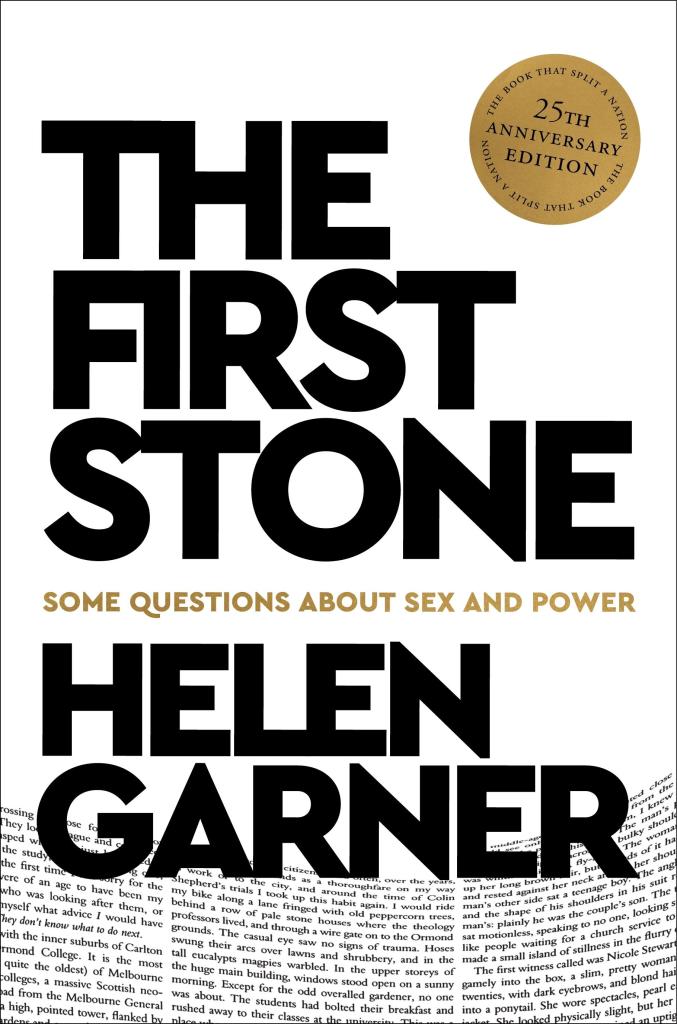
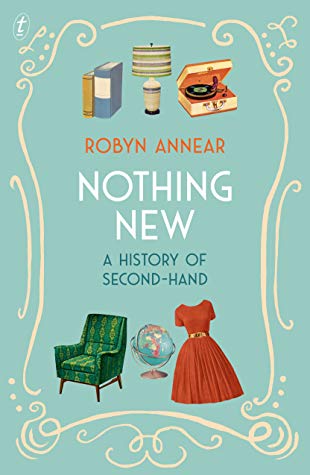
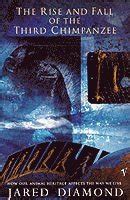
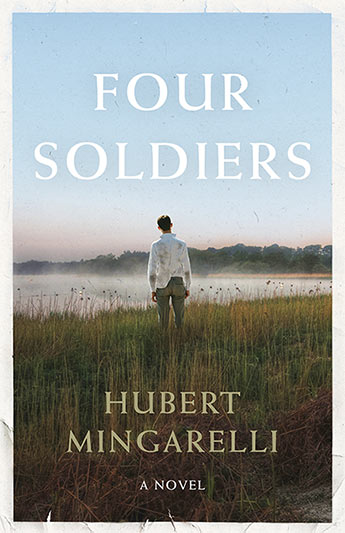
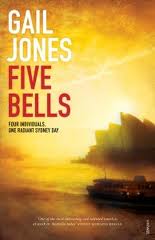
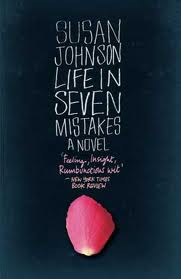
Guns, Germs and Steel was one of the most brilliant NF books I’ve ever read, it still resonates in my thinking about ‘privilege’ today.
Also, I loved Life in Seven Mistakes, have you read Susan Johnson’s new one, From Where I Fell? It’s really clever because it takes the form of an email correspondence, and amongst other things it shows how email can distort our ideas about other people…
I didn’t realize that Susan Johnson has a new one- I’ve ordered it at the library. I loved her ‘The Broken Book’.
Great, I look forward to seeing what you think of it!
A truly innovative chain, as you go through the numbers! Although Garner’s book seems dated, you’ve made me curious to read it as I know nothing about this piece. And may I add that your description of Gail Jones’ Five Bells is also so very striking — adding both to my TBR. Thank you~
I could have gone for Gail Jones’ ‘Sixty Lights’ too!
Such a clever chain! It’s okay. I loved math but was never too great with numbers too. Hah…
Oh, too bad you didn’t read Daisy Jones and the Six… but who cares, this is a lovely, creative chain!
I did have another Gail Jones book – Sixty Lights, but I thought that I should stick to the ‘small’ numbers.
This is a really clever chain, introducing six ( I think:) ) books so far unknown to me.
Your last selection, Life in Seven Mistakes, particularly intrigues me.
I have picked up First Stone for a reread more than once and put it down again, fearful of how it would hold up… In my memory it was so powerful and made such an impression (I was at Melbourne University at that time). I’ll hold your comments about it dating badly if I ever do do that reread.
I could have given you some 6s! Tegan Bennett Daylight’s Six bedrooms, and John Clanchy’s Six: Tales.
Good point about First stone. I haven’t reread it but I think I’d agree with what you say – about it’s having dated but still having relevance.
I was initially thinking about using numbers but in the end I was a bit more random! Enjoyed your chain!